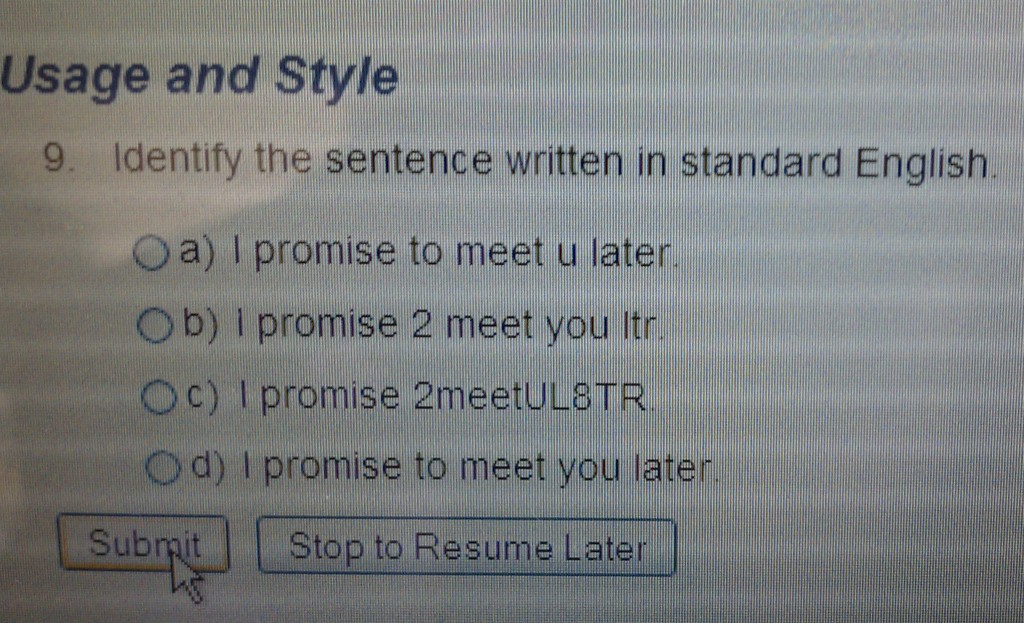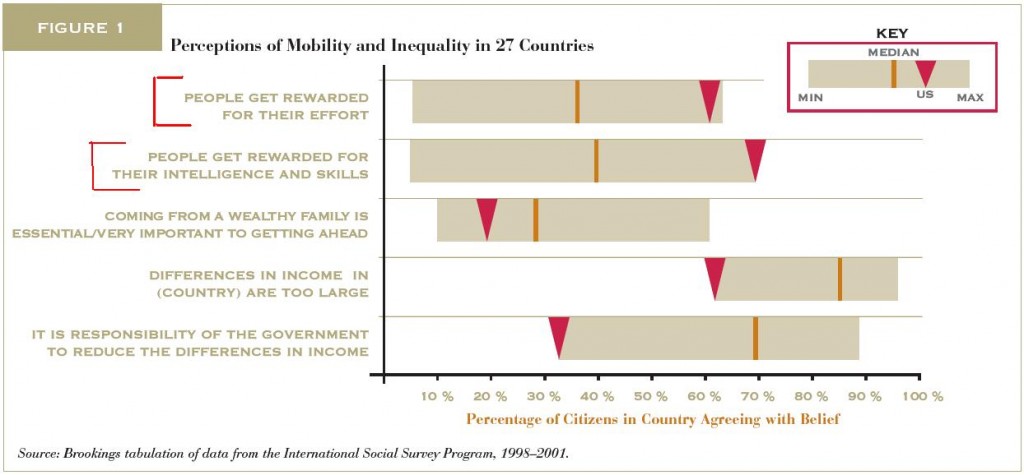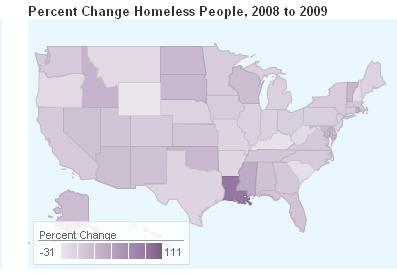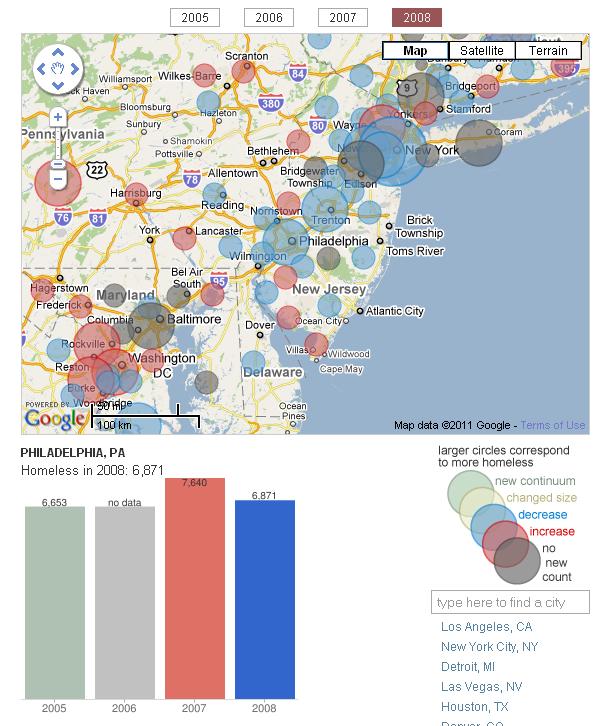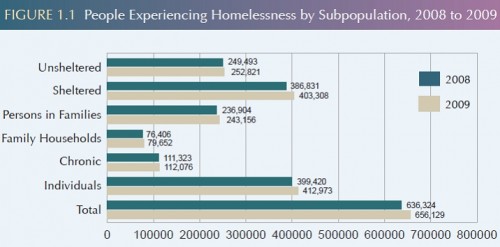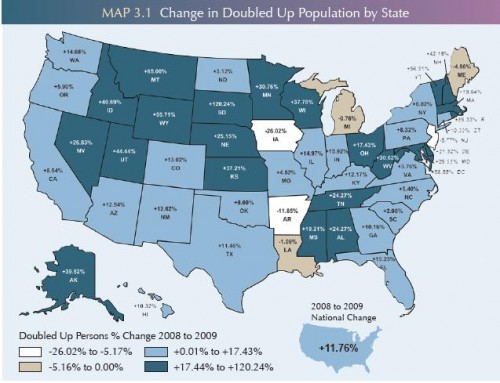Josh Leo brought our attention to something he started thinking about recently: the use of the word “hobo” among kids. This started when he saw a video of kids reacting to the Ted Williams, the man who became famous after a video of him panhandling at an intersection and displaying his “golden voice” went viral. Josh was struck with the way the kids talk about individuals who become homeless and, in particular, the repeated use of “hobo” to describe him (they discuss Williams in the first 2 minutes):
Since one girl attributed her use of “hobo” to the TV show iCarly, Josh did a little searching and discovered that the show’s official website contains a set of photos of the cast dressed up for a Hobo Party, complete with captions that make fun of or trivialize poverty and homelessness, including this first one that refers to the store “C.J. Penniless”:
A quick google search turns up lots of images of and suggestions for throwing hobo parties (including a video of a “Hobo House Party,” in which four people in costume dance in a cardboard box). Now, my guess is a lot of people would argue that references to hobos today aren’t really about homelessness now, since it’s a term often associated with the Great Depression. Indeed, a lot of the hobo party sites I found referred to the Depression or suggested 1930s-type clothing. But the video of the kids’ reactions certainly shows that they don’t just see it as a term for people in the past; they clearly connect it to homeless people today.
This trivialization of homelessness and poverty isn’t just on kids’ shows, though. It reminded me of a segment The Daily Show did recently about a news affiliate in Indianapolis that decided to see if any local homeless individuals could be the city’s own “golden-voice” (the segment starts at about 1:30 in):
Such a news story could humanize homeless individuals, of course. Instead, the news segment treats the two women as sources of entertainment whose value comes only from the possibility that they might surprise us by having a “hidden talent.” The idea that it would be shocking to find a homeless person with an amazing gift presumes that people who have skills or talents don’t become homeless, while also presenting the solution as very individualistic: if you’re the next Ted Williams, you can have a house and a job too!
Gwen Sharp is an associate professor of sociology at Nevada State College. You can follow her on Twitter at @gwensharpnv.


